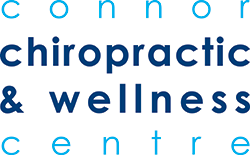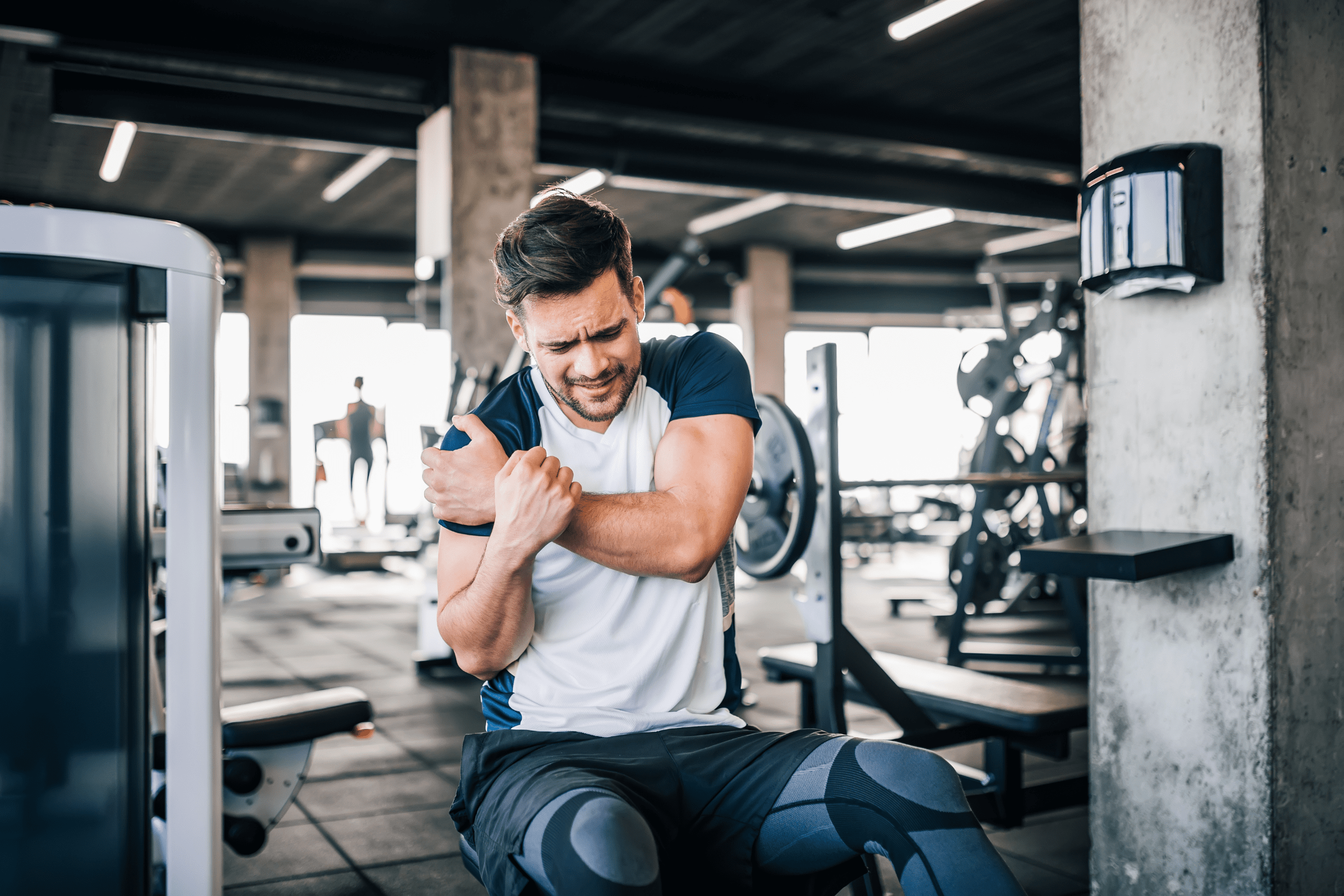Acromioclavicular Joint Pain
Shoulder pain can be a real pain—literally. If you’re experiencing discomfort at the top of your shoulder, especially when reaching overhead or across your chest, you might be dealing with acromioclavicular joint pain, also known as AC joint pain. In this post, we’ll dive into what causes this pain, how it’s diagnosed, and most importantly, how you can take steps to feel better.
What is Acromioclavicular Joint Pain?
The acromioclavicular (AC) joint is where your collarbone (clavicle) meets the shoulder blade (specifically, a part called the acromion). AC joint pain happens when this joint becomes inflamed, either from wear and tear or from a specific injury. This type of shoulder pain can limit your ability to perform daily activities and exercises like bench presses or even lifting objects overhead.
It’s one of the most common causes of shoulder pain, affecting people of all ages, and can be particularly bothersome for athletes and gym-goers.
Why Do People Get Acromioclavicular Joint Pain?
AC joint pain can happen for several reasons, even without a direct injury to the shoulder. The most common causes include:
- Wear and tear: Over time, the cartilage in the AC joint can wear down, leading to inflammation.
- Repetitive strain: Overuse of the shoulder in activities like weightlifting, tennis, or even repetitive work tasks can strain the joint.
- Injury: A fall onto the shoulder (like from a bike or skiing accident) can cause an AC joint sprain or dislocation, which often leads to swelling or a noticeable bump at the top of the shoulder. Other causes can include sports specific injuries in sports such as football and hockey.
How Do You Diagnose Acromioclavicular Injuries?
Diagnosing AC joint pain is usually pretty straightforward. When I see patients with this type of shoulder pain, there are three key signs I look for:
- Pain at the top of the shoulder: If you point directly to the top of your shoulder where the pain is, that’s a good indicator.
- Tenderness: The joint is often tender to the touch.
- Pain when moving your arm across your chest: Bringing your arm across your body, like scratching your opposite shoulder, often triggers pain.
Sometimes, if the pain started after a fall, we may recommend an X-ray to check for any injuries to the bones. In more complex cases, MRI or ultrasound might be used to confirm the diagnosis or rule out other issues.
What Can You Do to Help Acromioclavicular Joint Pain?
If you’re dealing with AC joint pain, the good news is that it’s often treatable without surgery. Here are some steps you can take to relieve the pain and get back to your daily routine:
- Rest: Avoid movements or activities that aggravate the pain. Give your shoulder time to heal.
- Painkillers and anti-inflammatory meds: Over-the-counter medications like ibuprofen or naproxen can help reduce pain and inflammation. Speak to a medical professional to determine if this is the right plan of action for yourself.
- Chiropractic Care: A skilled Chiropractor will use a combination of hands-on techniques, like soft tissue release and joint mobilization, along with exercises to strengthen your shoulder and restore movement.
- Ice: Applying ice packs for 20-30 minutes a few times a day can help reduce swelling and pain, especially after any activity that irritates the joint.
In more severe or persistent cases, steroid injections may be recommended to provide longer-lasting pain relief.
Do’s and Don’ts for Acromioclavicular Injuries
Managing AC joint pain is all about balance—letting your shoulder rest while ensuring it doesn’t stiffen up. Here’s a quick guide on what to do (and what to avoid):
DO:
- Keep moving: Stay active within your pain limits. Don’t completely immobilize the shoulder, as that can lead to stiffness.
- Consult a Chiropractor or Physiotherapist: Confirming the diagnosis and starting manual and physical rehab can help improve your overall outcomes with both pain and function.
- Consider a steroid injection: If pain doesn’t improve with treatment, an ultrasound-guided injection could be a good next step.
DON’T:
- Stop using your shoulder entirely: Complete rest can cause more harm than good by leading to stiffness.
- Ignore pain: If certain activities (like overhead movements) consistently cause pain, take a break from them for a couple of weeks to allow the joint to heal.
- Rub or massage the joint directly: This won’t help and could aggravate the pain further.
FAQs About Acromioclavicular Joint Pain
What does AC joint pain feel like?
AC joint pain is often felt at the top of the shoulder. It’s usually tender to touch and can hurt when lifting your arm, especially across your body or overhead.
How long does it take for AC joint pain to heal?
It typically takes 4-6 weeks for mild to moderate AC joint pain to heal with proper care and physiotherapy. Severe injuries, like AC joint dislocations, may take longer, around 6-8 weeks.
Will I need surgery for an AC Injury?
Most cases of AC joint pain don’t require surgery. Surgery is only recommended for severe cases, such as those involving high-grade joint separations or dislocations that don’t respond to non-surgical treatments.
Can AC joint pain come back?
Yes, AC joint pain can return, especially if the root cause, like muscle imbalances or poor shoulder mechanics, isn’t addressed. Chiropractic Care and Physiotherapy can help reduce the risk of recurrence by improving strength and mobility in the shoulder.


